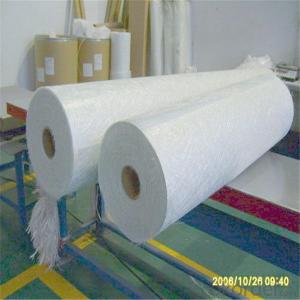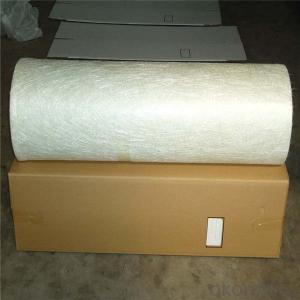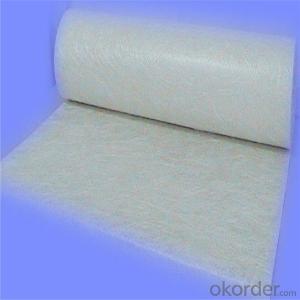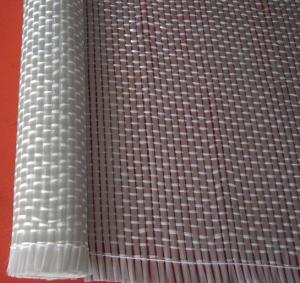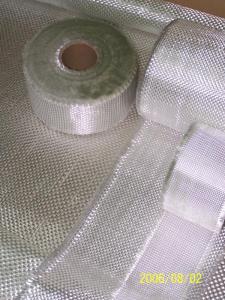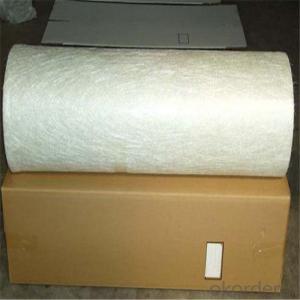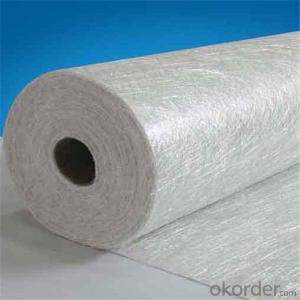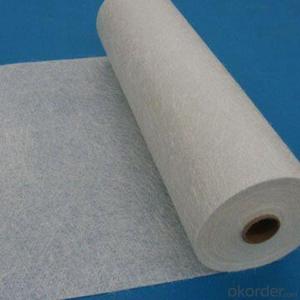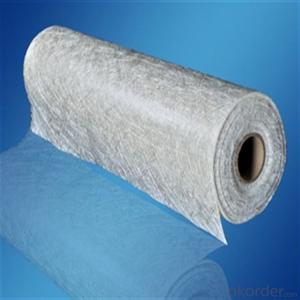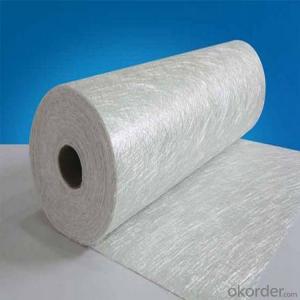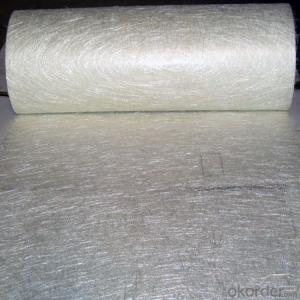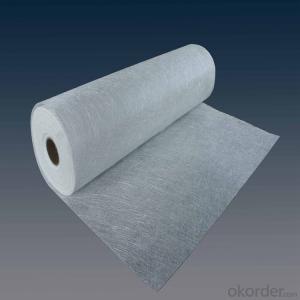fiberglass Powder Chopped Stand Mat General Purpose
- Loading Port:
- Tianjin
- Payment Terms:
- TT OR LC
- Min Order Qty:
- 100 m.t.
- Supply Capability:
- 20000 m.t./month
OKorder Service Pledge
Quality Product, Order Online Tracking, Timely Delivery
OKorder Financial Service
Credit Rating, Credit Services, Credit Purchasing
You Might Also Like
Quick Details
| Technique: | Chopped Strand Fiberglass Mat (CSM) | Dimensions: | 450gsm | Mat Type: | Continuous Filament Mat |
| Fiberglass Type: | E-Glass | Softness: | softness | Place of Origin: | Jiangxi, China (Mainland) |
| Brand Name: | cnbm | Model Number: | 450gsm | color: | white |
| fiberglass type: | E glass | product: | e-glass powder chopped stand mats | binder: | powder or emulsion |
| width: | 1040 or 1270mm, as your requirement | weight: | 30 or 45kg/roll | paper tube diameter: | 90mm |
| outer diameter of roll: | 256mm | packing: | plastic film+carton box + pallet |
Packaging & Delivery
| Packaging Details: | plastic film+carton box + pallet |
| Delivery Detail: | 15-20days |
Specifications
1.e-glass powder chopped stand mats
2.binder:power or emulsion
3.width:1040mm or 1270mm
4.weight:450gsm
Picture
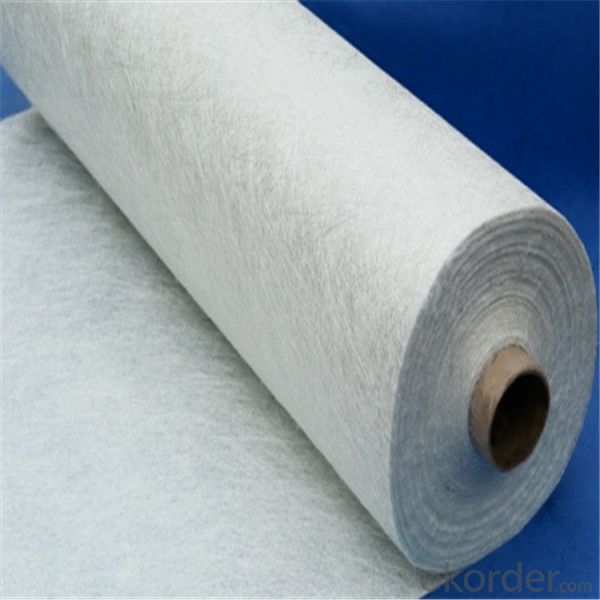
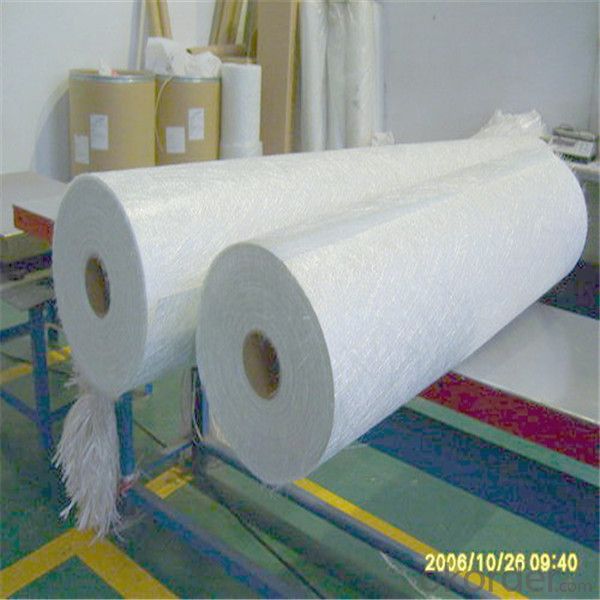
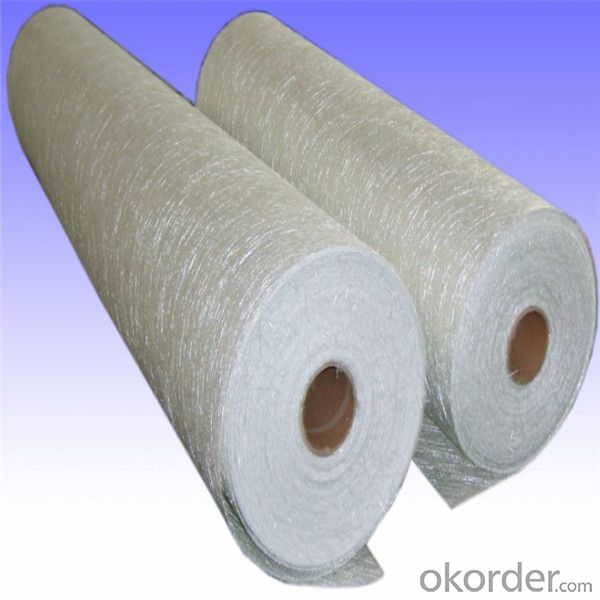
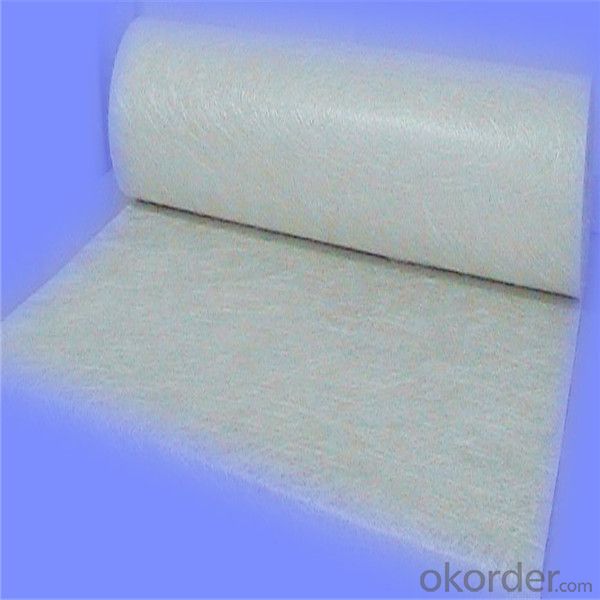
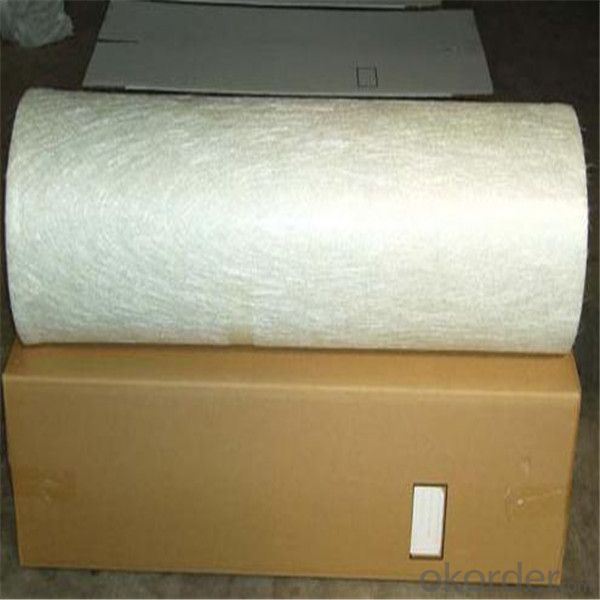
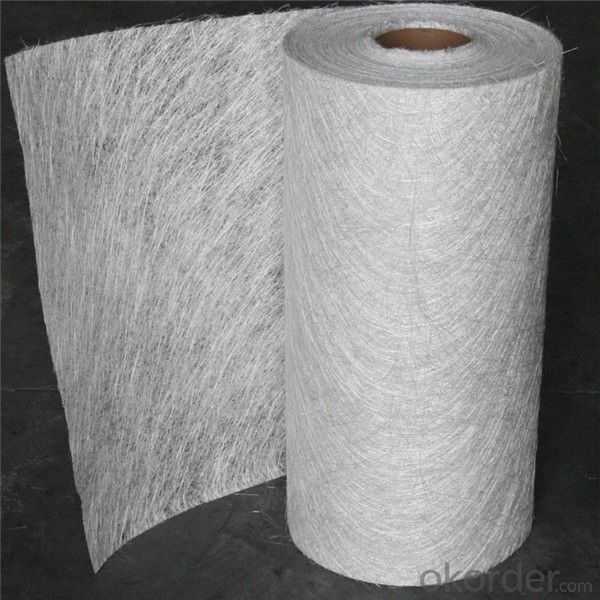
- Q:What are the advantages of using fiberglass chopped strand in composites?
- The advantages of using fiberglass chopped strand in composites include high strength-to-weight ratio, excellent dimensional stability, corrosion resistance, and low cost. The chopped strands provide reinforcement to the composite, enhancing its mechanical properties such as tensile strength and impact resistance. Additionally, fiberglass is non-conductive and has good thermal insulation properties, making it suitable for various applications in industries like automotive, aerospace, construction, and marine.
- Q:Can fiberglass chopped strand be used for reinforcing foam materials?
- Fiberglass chopped strand is capable of reinforcing foam materials, thereby enhancing their strength and durability. By combining the fiberglass chopped strand with foam, the foam material becomes more resilient and less prone to bending or breaking. Consequently, this combination proves advantageous in various applications such as insulation, packaging, and composite materials. The inclusion of fiberglass chopped strand fortifies the foam, resulting in improved structural integrity and overall performance. In addition, the fiberglass chopped strand also bolsters the foam's fire resistance properties, making it a viable option for applications that prioritize fire safety. All in all, utilizing fiberglass chopped strand to reinforce foam materials is an effective and economical means of augmenting their strength and durability.
- Q:How does the fiber dispersion affect the surface finish of chopped strand composites?
- The distribution and orientation of individual fibers within a composite material is known as fiber dispersion. In chopped strand composites, the fibers are distributed randomly and oriented in various directions. The level of fiber dispersion greatly affects the surface finish of the final composite product. When the fibers are evenly distributed and oriented, resulting in good dispersion, the surface finish of the chopped strand composite is smoother and more uniform. This is because the fibers effectively fill the resin matrix, creating a homogeneous structure. The smooth surface finish is desirable in applications where aesthetics or smoothness are important, such as in automotive or consumer products. Conversely, poor fiber dispersion leads to uneven distribution and orientation of fibers in the composite. This can create areas with high fiber concentration and other areas with low fiber concentration. As a result, the surface finish of the chopped strand composite becomes rougher and more irregular. The presence of fiber clusters or voids can also cause surface defects like pitting or waviness. In addition to impacting the surface finish, fiber dispersion also affects the mechanical properties of the composite. Well-dispersed fibers provide better reinforcement, resulting in improved strength, stiffness, and impact resistance. Conversely, poor fiber dispersion can lead to weaker areas with reduced mechanical performance. To achieve the desired surface finish in chopped strand composites, it is crucial to ensure proper fiber dispersion during the manufacturing process. Techniques such as mechanical mixing, spray-up, or injection molding can be used to enhance fiber dispersion and promote a smooth and uniform surface finish.
- Q:Can fiberglass chopped strand be used in the production of automotive grilles?
- Yes, fiberglass chopped strand can be used in the production of automotive grilles. It provides excellent strength, durability, and corrosion resistance, making it a suitable material for this application.
- Q:What is the melting point of fiberglass chopped strand?
- The melting point of fiberglass chopped strand typically ranges from 1,100 to 1,400 degrees Celsius (2,012 to 2,552 degrees Fahrenheit).
- Q:How is fiberglass chopped strand measured?
- Fiberglass chopped strand is typically measured by its length. The length of the chopped strand refers to the average length of the individual glass fibers within the strand. This measurement is important as it affects the strength and performance of the fiberglass in various applications. Common lengths for chopped strand range from a few millimeters to several centimeters, depending on the intended use. The measurement is usually specified in inches or millimeters, and it is crucial to select the appropriate length based on the specific requirements of the project or product.
- Q:Does fiberglass chopped strand have any moisture resistance?
- Yes, fiberglass chopped strand does have some level of moisture resistance. The glass fibers used in its composition are inherently moisture-resistant, and the presence of a resin binder further enhances its resistance to moisture. However, it is worth noting that prolonged exposure to moisture can eventually degrade its performance, so proper sealing or coating is recommended for long-term moisture resistance.
- Q:How does the color of the chopped strand affect its performance?
- The color of chopped strand can affect its performance in several ways. Firstly, the color can indicate the type of resin or binder that is used to hold the strands together. Different resins have different properties and can impact the strength, flexibility, and overall performance of the chopped strand. Additionally, the color of the chopped strand can also affect its adhesion properties. Some colors may have better adhesion to certain materials or substrates, while others may not adhere as well. This can impact the overall strength and durability of the final product. Furthermore, the color of the chopped strand can also affect its UV resistance. Certain colors may be more resistant to UV degradation, which is important in applications where the material will be exposed to sunlight or outdoor conditions. This can help prevent the material from becoming brittle or discolored over time. Lastly, the color of chopped strand can also impact its aesthetic appeal. In applications where the appearance is important, such as in automotive or consumer products, the color of the chopped strand can contribute to the overall visual appeal of the finished product. In summary, the color of chopped strand can affect its performance by influencing the type of resin used, adhesion properties, UV resistance, and aesthetic appeal. It is important to consider these factors when selecting chopped strand for a specific application to ensure optimal performance and desired outcomes.
- Q:How is fiberglass chopped strand manufactured?
- Fiberglass chopped strand undergoes a specific manufacturing process with multiple steps. Initially, glass fibers are continuously drawn from molten glass through a process called fiberization. These fibers are then coated with a sizing material to improve their performance and ensure better adhesion to the resin matrix. Following the sizing process, the glass fibers are shortened into varying lengths, typically ranging from a few millimeters to several centimeters. This cutting procedure, known as chopping, can be accomplished mechanically using rotating blades or by air-assisted techniques, such as a pneumatic gun that propels the fibers against a fast-moving blade. After being chopped, the strands are gathered and packaged for distribution or further processing. The packaging differs based on the customer's specific requirements but commonly consists of compressed bales or bags. Throughout the manufacturing process, it is essential to control the length and consistency of the chopped strands. This is achieved by adjusting the cutting speed and blade configuration to meet desired specifications. Additionally, quality control checks are conducted to ensure that the chopped strands meet the necessary standards for strength, length, and diameter. In summary, the manufacturing of fiberglass chopped strand involves fiberizing glass, coating the fibers with sizing, cutting them into shorter lengths, and packaging them for use in various applications such as reinforced plastics, thermoplastic molding, and construction materials.
1. Manufacturer Overview |
|
|---|---|
| Location | |
| Year Established | |
| Annual Output Value | |
| Main Markets | |
| Company Certifications | |
2. Manufacturer Certificates |
|
|---|---|
| a) Certification Name | |
| Range | |
| Reference | |
| Validity Period | |
3. Manufacturer Capability |
|
|---|---|
| a)Trade Capacity | |
| Nearest Port | |
| Export Percentage | |
| No.of Employees in Trade Department | |
| Language Spoken: | |
| b)Factory Information | |
| Factory Size: | |
| No. of Production Lines | |
| Contract Manufacturing | |
| Product Price Range | |
Send your message to us
fiberglass Powder Chopped Stand Mat General Purpose
- Loading Port:
- Tianjin
- Payment Terms:
- TT OR LC
- Min Order Qty:
- 100 m.t.
- Supply Capability:
- 20000 m.t./month
OKorder Service Pledge
Quality Product, Order Online Tracking, Timely Delivery
OKorder Financial Service
Credit Rating, Credit Services, Credit Purchasing
Similar products
New products
Hot products
Hot Searches
Related keywords

